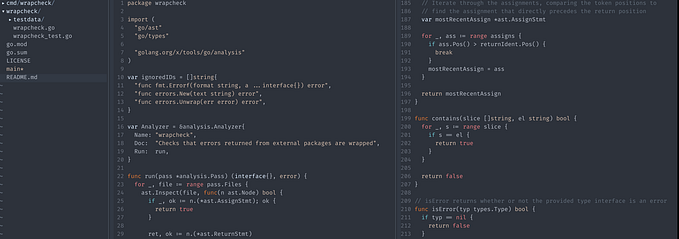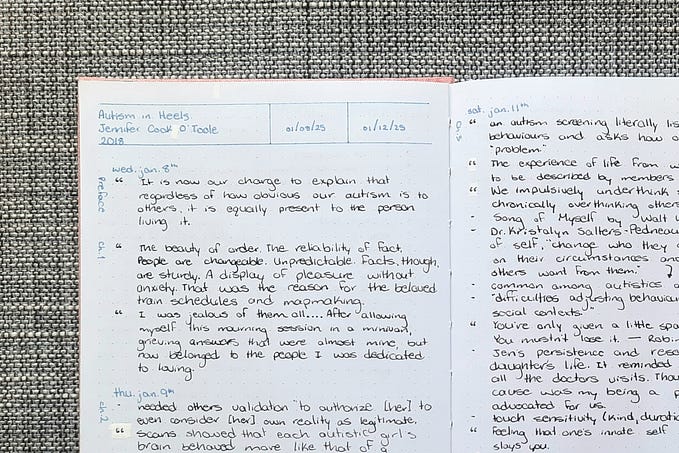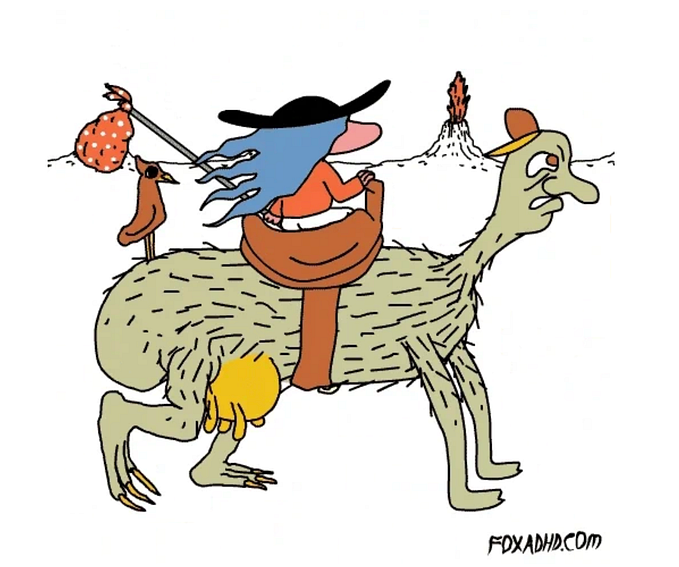All the research data has been gathered… Now what?

This blog series is a continuation of the UX Research Checklist series by Brian Utesch and Theresa Nguyen. An analysis was done to understand the role of a UX Researcher looking across a sampling of 100 publicly available job postings. The intent was to take a snapshot in time of different characteristics across a mix of companies to develop an aggregate profile of a successful job candidate. The insights from this analysis can be reused by a variety of audiences to shape job descriptions or create professional development plans to be most competitive in the job market.
Previous Posts:
☑️ UX Researcher Characteristics: An Analysis of 100 UX Researcher Open Job Postings
🔬 The UX Researcher’s Main Responsibility…Research, of course!
📈 All the Research Data Has Been Gathered…Now What?
🖇 👩🏻💻 … stay tuned for more
After the UX Researcher has conducted the research and has collected the data, it is up to them to then analyze and synthesize that data into meaningful information that is digestible to other stakeholders (found on 19/100 job postings). In doing so, the researcher may pull information from other sources and triangulate their data, in order to create a more compelling claim for their research (33/100) and subsequently develop actionable insights from their findings (62/100). Ultimately, they will need to present their insights to relevant stakeholders, while also advocating for themselves by socialize insights throughout the entire organization (62/100).
#1 Analyzing and Synthesizing Research
After all the hard work is done recruiting participants, conducting the research, and aggregating the data, it is now time for the UX Researcher to begin analyzing the data. The researcher must have a toolkit of techniques they can use to analyze their data and they must use whatever methods they see fit in order to analyze insights from the research sessions and identify key insight. For example, methods that I have used for analyzing data include affinity diagramming on Mural and tagging on Dovetail. After the data has been analyzed, it then becomes a matter of synthesizing insights from the data into meaningful themes, and turning them into actionable and impactful next-steps. For Thermo Fisher Scientific, an American provisioner of scientific equipment, software and services, their future UX Researcher must “lead efforts to synthesize information, uncover customer insights which translate into actionable strategies and uncover white space opportunities for innovation (from a UX Researcher job posting at Thermo Fisher Scientific).”

After identifying the various themes that are exposed from the data, it will then become necessary for the UX Researcher to identify why the themes have presented themselves. UX Booth recommends asking the following questions once themes are identified:
- Why do these patterns or themes exist?
- Why did participants say this so many times?
- Does the data help answer the research questions?
- Does the data inform ways to meet the research goals?
- Does one tag group or theme relate to another? How? Why?
#2 Triangulating Data
As mentioned in Blog 2: The UX Researcher’s Main Responsibility…Research, of course!, today’s UX Researcher needs to be well versed with quantitative and qualitative research, and the same applies for quantitative and qualitative data. The researcher needs to be able to pull data from different sources to create a more compelling narrative, through the triangulation of data. In Brian Still & Kate Crane’s Fundamentals of User-Centered Design (2017), the see-say-do-triangle is considered when triangulating data. According to Still and Crane, “you want to select at least three methods: one that captures what users actually do, one that captures what users say, and one where the researcher ‘sees’ how users interface with design.” (Shoutout to Dr. Still at Texas Tech University for teaching me the fundamentals of being a UX Researcher.)
The “see” in the see-say-do-triangle may include observing a user during an A/B test to evaluate two different prototypes, or perhaps eye-tracking measures, to observe what area of a UI a user’s eye is drawn to. The “say” refers to verbal comments solicited from the users. This can come from a cognitive walkthrough, where users are asked to think-aloud when completing tasks, or perhaps a retrospective recall, to understand a users thought process after completing a task, as to not interrupt the process. Lastly, the “do” component of the see-say-do-triangle refers to how users are preforming when complete particular tasks. The traditional method of usability testing is likely most common, and quantitative measures such as time-on-tasks, error rates and dwell time are all powerful performance metrics that can be used to show user experience.
Therefore, as a result of being efficient in triangulating data, the UX Researcher needs to be able to work in partnership with other researchers, data scientists, marketing, etc. to develop a holistic view of the data. For example, Docusign’s future UX Researcher needs to be able to collaborate with other researchers in order to utilize data from already available sources, such as customer feedback and business intelligence data. In triangulating data, teams have a better understanding of the user’s behaviors, motivations, and emotions.
A research method I have particularly come to love in order to triangulate data is secondary research, or “desk research.” For example, in gathering information on the user experience of a competitor product, I have looked through publicly available reviews on G2 and Trust Pilot to identify positive and negative themes from reviewers. Market Research from Forrester and Gartner has also aided me greatly to get a good sense of current trends in the market.
#3 Developing Actionable Insights & Design Recommendations

Next, after the data has been collected, analyzed and synthesized, it is time to turn your findings into actionable insights. The UX Researcher will lead the effort to uncover user insights and turn them into actionable strategies. As a result, this helps the team uncover white spaces for innovation. In addition, these insights also aid in shaping how the product teams think about the long-term product strategy. At Fifth Third Bank, the UX Researcher will be expected to “promote the discovery of compelling customer insights and observations that lead to innovative solutions for our products.” On a more tactical level, these insights can come in the form of design recommendations that in the short term, influences the design of a product and helps make a better user experience. For instance, did you observe that the text was hard to read on a phone during a usability test? Are you observing that users do not understand how to get to a specific page on your website? What kinds of recommendations can you make to alleviate this problem?

#4 Presenting Insights to the Team
After the insights are gathered and the design recommendations are developed, one of the most important aspects of the role is being able to communicate the insights in a compelling way to all relevant stakeholders. As articulated in a job posting at Waymo, “delivering a compelling presentation includes clearly and concisely translating research insights into persuasive narratives that inspire innovative solutions and also informs key designs and decisions”. It is also important to be able to deliver your message and advocate for users through a variety of mediums, whether that is through written memos or oral presentations.

Once the findings are presented to the relevant stakeholders, in order to advocate for the user and provide education to the organization, it may be necessary to socialize your insights throughout the entire company (11/100). This may involve amplifying your research by presenting your insights to diverse audiences at all levels of management. In doing so, you’ll be able to not only advocate for the user, but also yourself, helping to magnify the impact of your findings.
Conclusion
Aside from conducting the research itself as explained in Blog 2: The UX Researcher’s Main Responsibility…Research, of course!, analyzing and synthesizing the data to be digestible for stakeholders is an increasing important part of being a UX Researcher. It is important to additionally supplement research with other sources of data by triangulating to develop an even stronger case for your research. Utilizing the see-say-do-triangle is one way to ensure a compelling narrative regarding your insights. Next, developing actionable insights as a result of the research and presenting it a persuasive presentation allows the researcher to act as an advocate for the user.
In the next blog, we will discuss responsibilities beyond research, particularly the responsibilities that are related to the business and organization, such scoping research projects, translating business needs into research, being a UX advocate, and ultimately influencing the design and product strategy.









